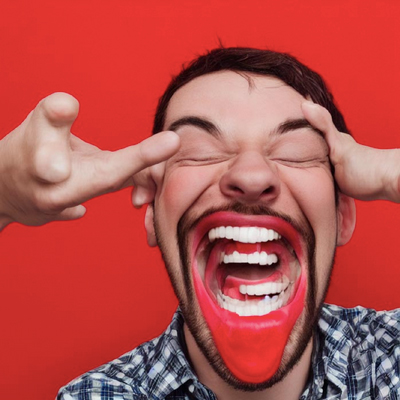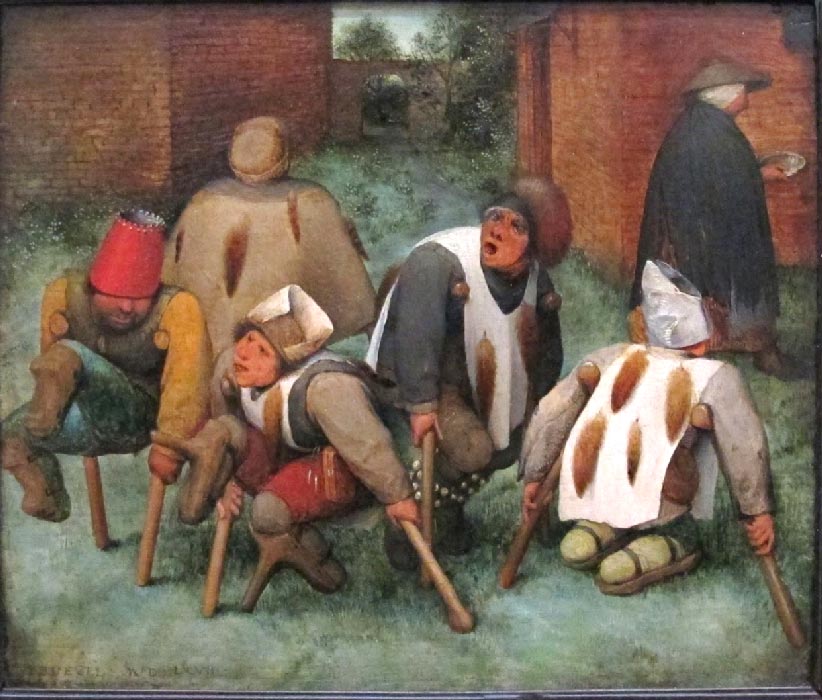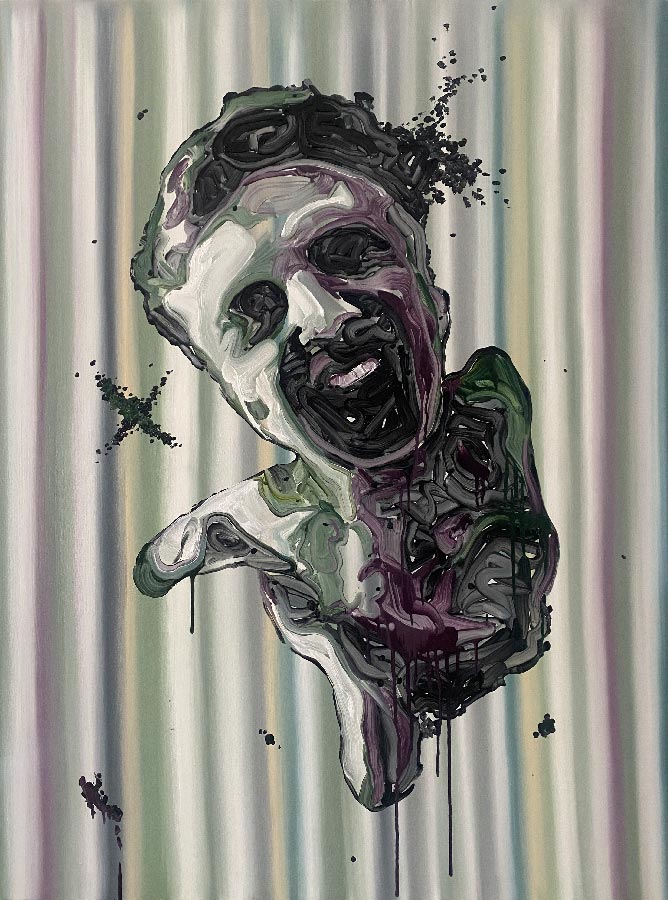"Laughing Fools"
In an experiment, Michael Marcel Fuchs passed the same text to an artificial intelligence system hundreds of times to describe an object. The aim was to produce images that depict a laughing fool. Although the text was always the same, the machine always generated different images. At the same time, the AI revealed itself to be imperfect in the analysis. On closer inspection, the amazingly realistic human figures were missing limbs.
This resulted in images that, purely coincidentally, tie in with Pieter Bruegel the Elder's images of fools. Fools were not only often portrayed as people with mental or physical disabilities in the 16th century. In the painting "The Cripples", for example, Bruegel shows a group of physically handicapped people who move around using improvised prostheses. In addition, they were stigmatized by having to make themselves known to the public by ringing bells and fox tails. The scene depicts the harsh reality of life for people with disabilities in a society that has often been unable or unwilling to provide for their needs. Through these depictions of “fools”, Bruegel shows the social reality of his time and at the same time criticizes the rejection and exclusion of these groups.
In the age of social media, dealing with the supposedly imperfect body takes on new relevance. There is a widespread ideal of beauty on social networks, which is often influenced by celebrities, influencers and fashion trends. This ideal is based on cultural norms and notions of beauty that are often reinforced by the media and advertising. Filters and other digital editing tools often optimize and perfect the appearance in such a way that it does not exist in reality. The diversity and uniqueness of people is suppressed.
For Michael Marcel Fuchs, the randomly generated AI images were the inspiration for a series of paintings dedicated to sociodiversity and the supposedly imperfect image of man. The painter detaches himself from the AI templates and creates an independent painterly work. On closer inspection, the laughter of his fools is usually not happy, but seems frozen or reminiscent of screams. They seem to exist in isolation and excluded from any concrete, physical space of meaning and experience.
E.H.

Representation of a laughing fool artificially generated by an KI

The Cripples, oil-on-panel by the Netherlandish Renaissance artist Pieter Bruegel the Elder, 1568, Louvre, Paris.

"Laughing Fool", oil painting by Michael Marcel Fuchs, 2023